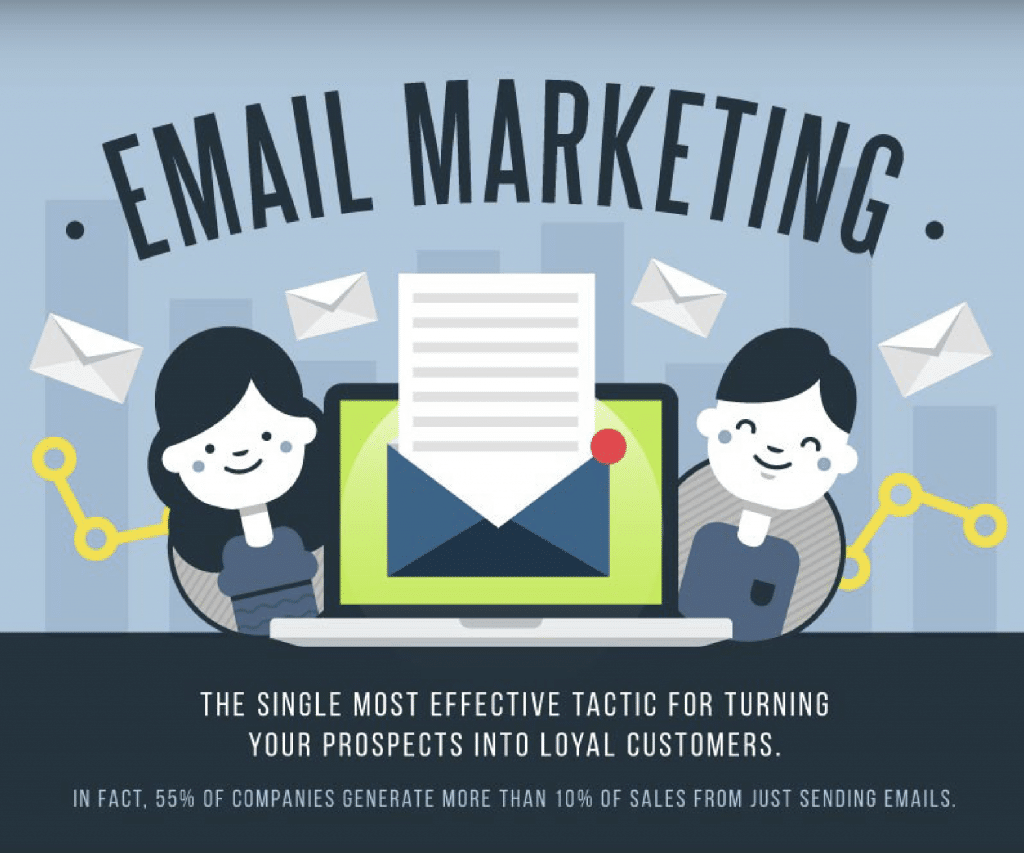
Email marketing is an older technique that doesn’t get the credit it deserves. With digital marketing advancing at a great rate, it’s easy to forget about our old standbys, such as email marketing, even though this one technique has stood the test of time. This post looks at email marketing tips informed by statistics that help you get the strategy right from day one.
Table of Contents
Tip 1: Use Social Media and Email Marketing Campaigns Together
Emails might well be the workhorses of digital marketing. The total number of emails whizzing about online is around 205.6 billion a day. Of that total, only around 88 billion are legitimate business emails and around 12 billion are spam.
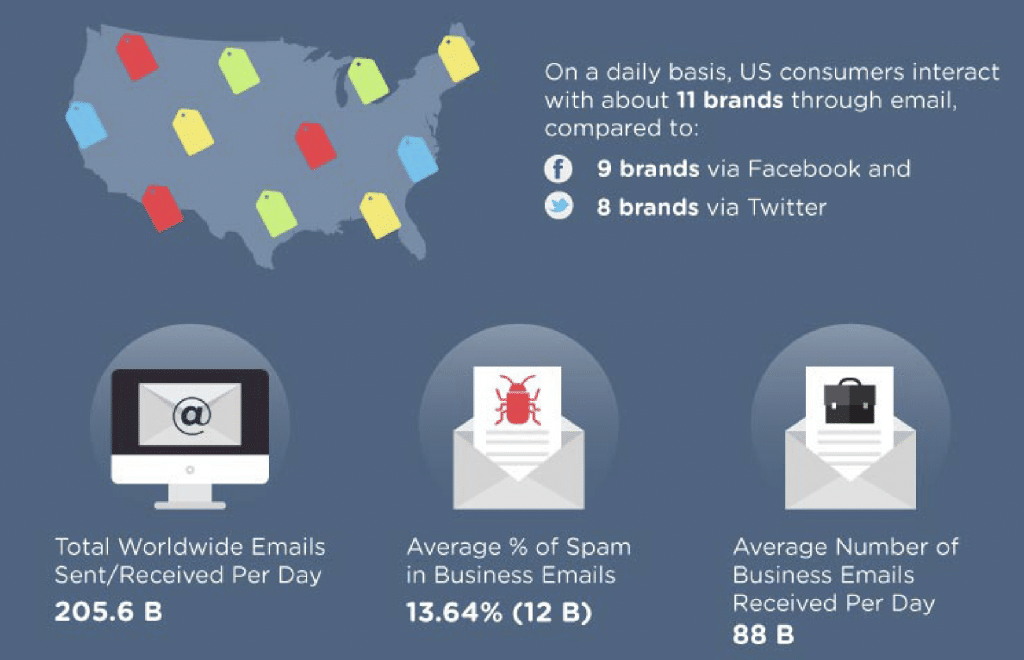
When it comes to choosing a campaign—social media or email—the answer is to use both concurrently. In fact, companies see a 30% increase in their gross return when combining email and Facebook marketing. Granted, consumers in the United States interact with companies through emails more than they do with social media, but you should still account for the audience that mostly communicates with brands through social media platforms.
Tip 2: Use Gender-Neutral Language in Emails
Men and women are evenly matched when it comes to the devices they use to read emails. Men are more likely to read emails on their phones. Women are more likely to read emails on a tablet. Men are more likely to open your email. Women, in contrast, spend more time checking their emails. Women are also more likely to read marketing messages. When emailing women, it’s better to stick to gender-neutral language.
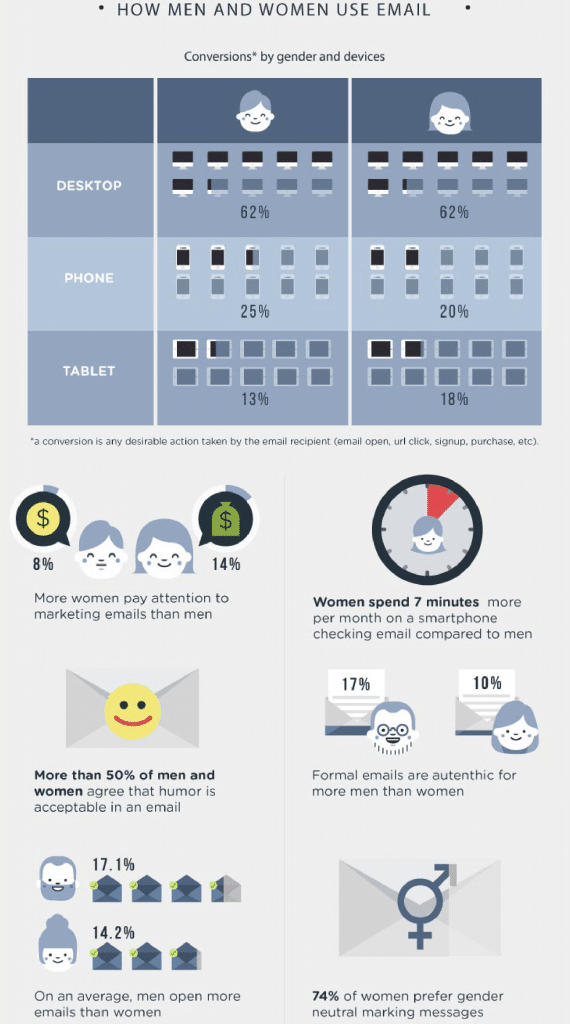
Tip 3: Avoid Spam Words in Subject Line
Email marketing has started to fall out of favor because it can be difficult to walk the line between useful and spam. Recipients mark a third of their marketing emails as spam off the bat. The biggest sin here is sending too many irrelevant emails.
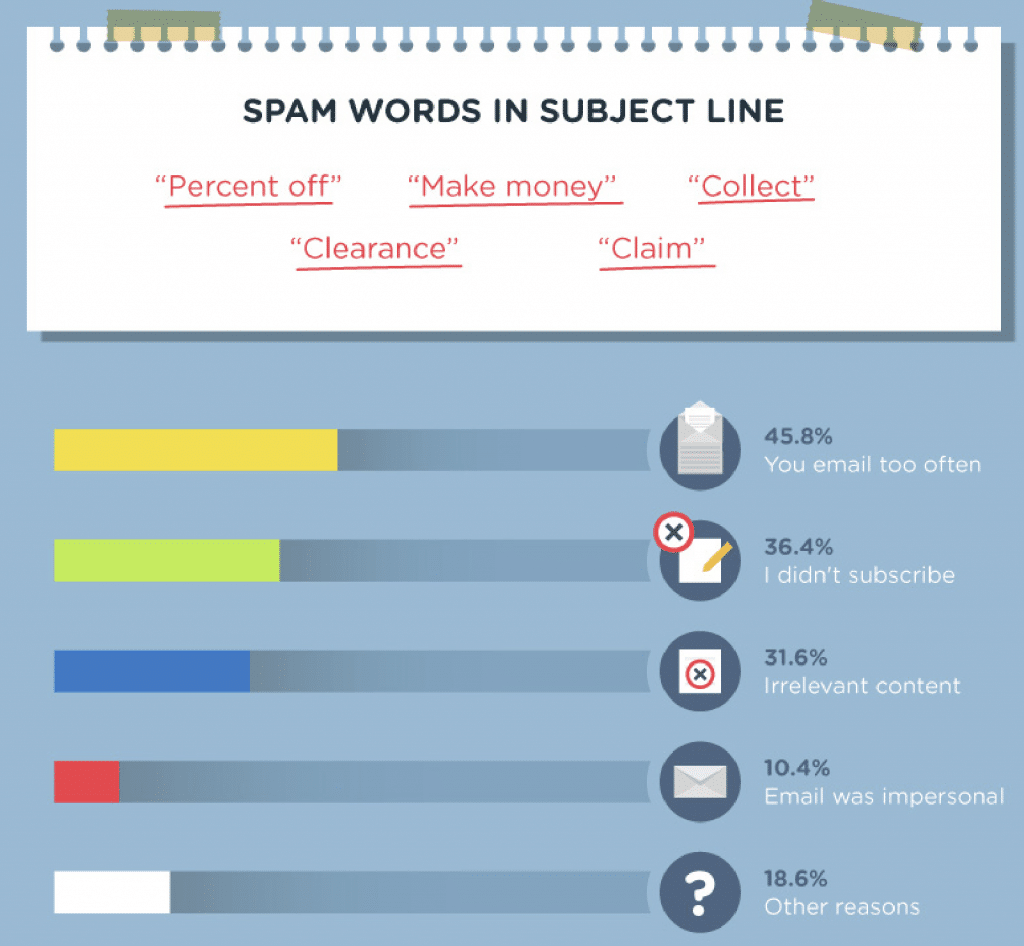
It’s also worth noting that you must be careful with the language you use. Anti-spam software has become a lot more advanced in the last few years, thanks to artificial intelligence, which is now capable of understanding the context of messages. This means you need to draft your message very carefully. Avoid spam words in the subject line, such as “percent off,” “make money,” “collect,” “clearance,” and “claim.”
Tip 4: Automate Your Emails
More than half of the most successful companies use software that allows for email automation. This software is highly sophisticated and sends emails at trigger points you identify. You can use these automated emails to provide more information, follow up on leads, and keep in touch with clients. MailChimp is one user-friendly automation software you can use for your email marketing campaigns. You can also use Omnisend, SendPulse, and Hubspot, among numerous others.
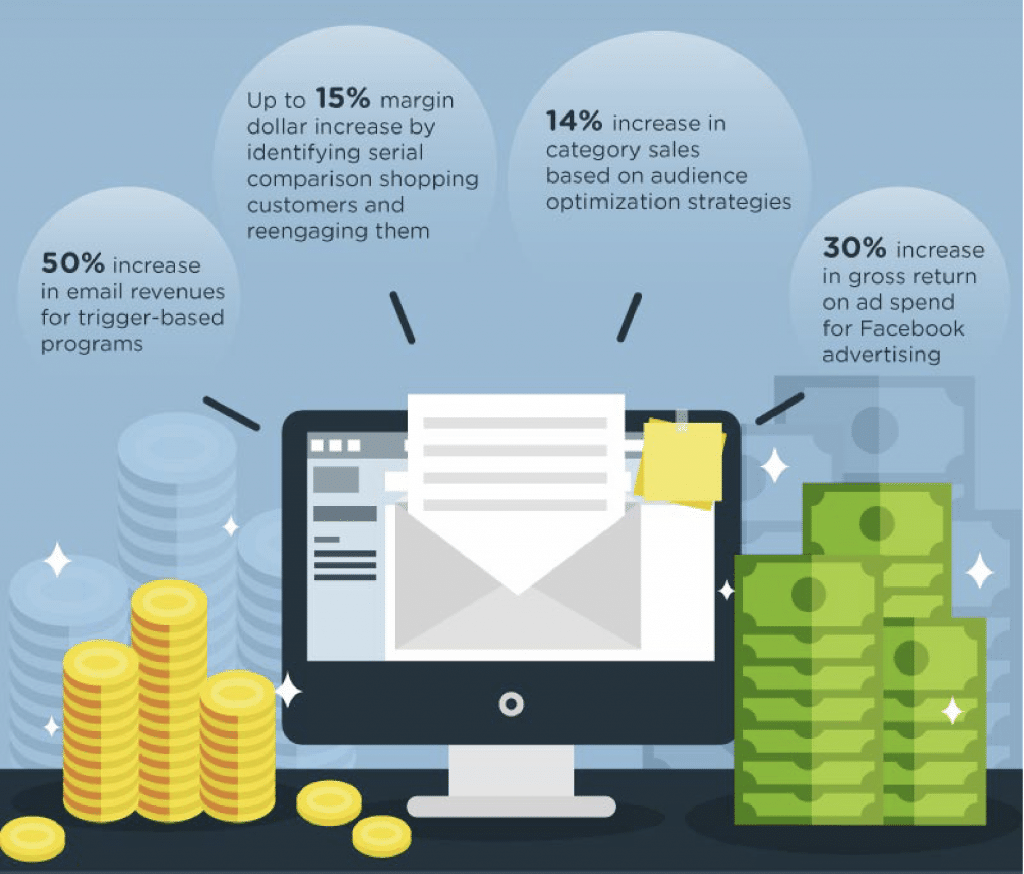
Tip 5: Segment Your Audience for Bigger Revenue
Email marketing, performed correctly, has a significant impact on revenues. Companies using an automated system earn as much as 50% more per campaign. Companies that segment their lists using audience optimization strategies see an increase of 14% in category sales.
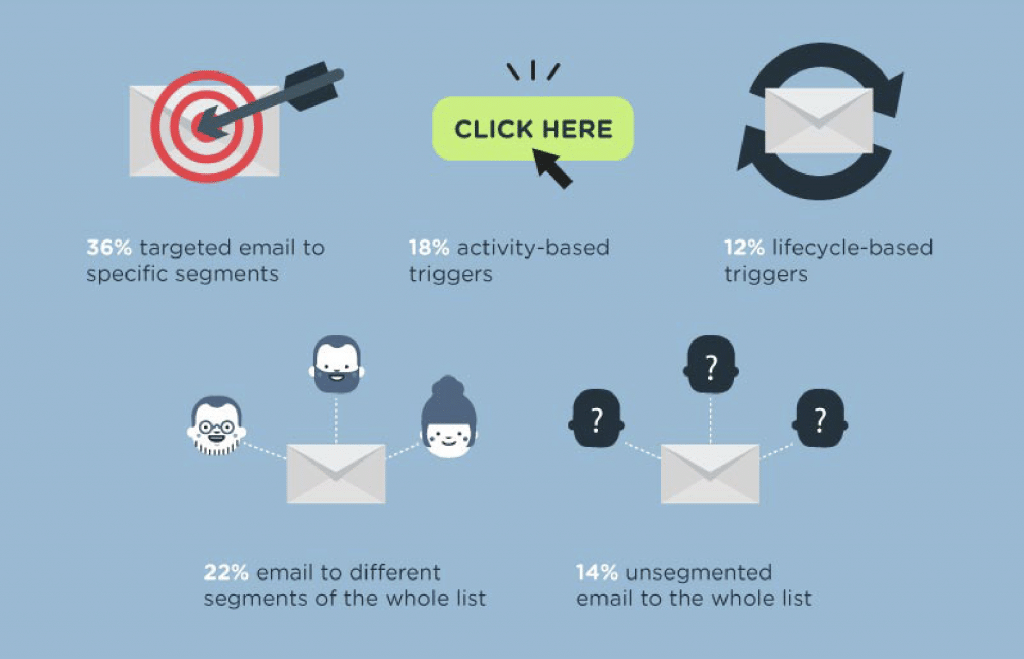
It’s become clear that companies can no longer rely on generic email blasts. The returns are better when using carefully segmented lists, which could focus on previous purchases or the customer’s stage in the buying cycle.
Tip 6: Include Calls to Action
More than half of your recipients take no further action after reading your email. Just under a quarter of recipients will buy online. Ninety-four percent of clients will consider buying online at least some of the time. You can push recipients into committing a desired action by including a call to action in your emails, whether that’s “buy now” for purchase, “read now” for articles, or “watch now” for videos.
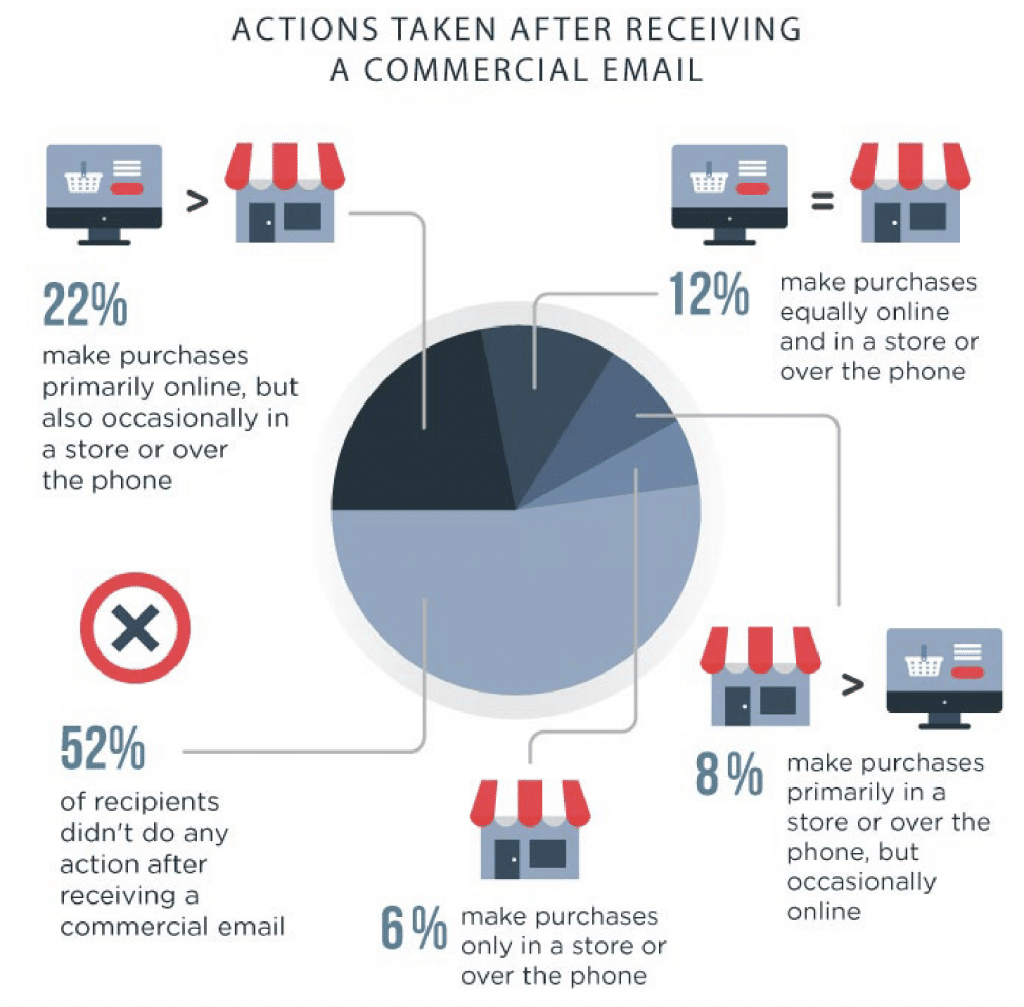
Tip 7: Personalize Email Campaigns
Personalization of your campaigns is the most important step to take if you want to improve your CTR. You can bump up results even more by using the recipient’s name in the subject line.
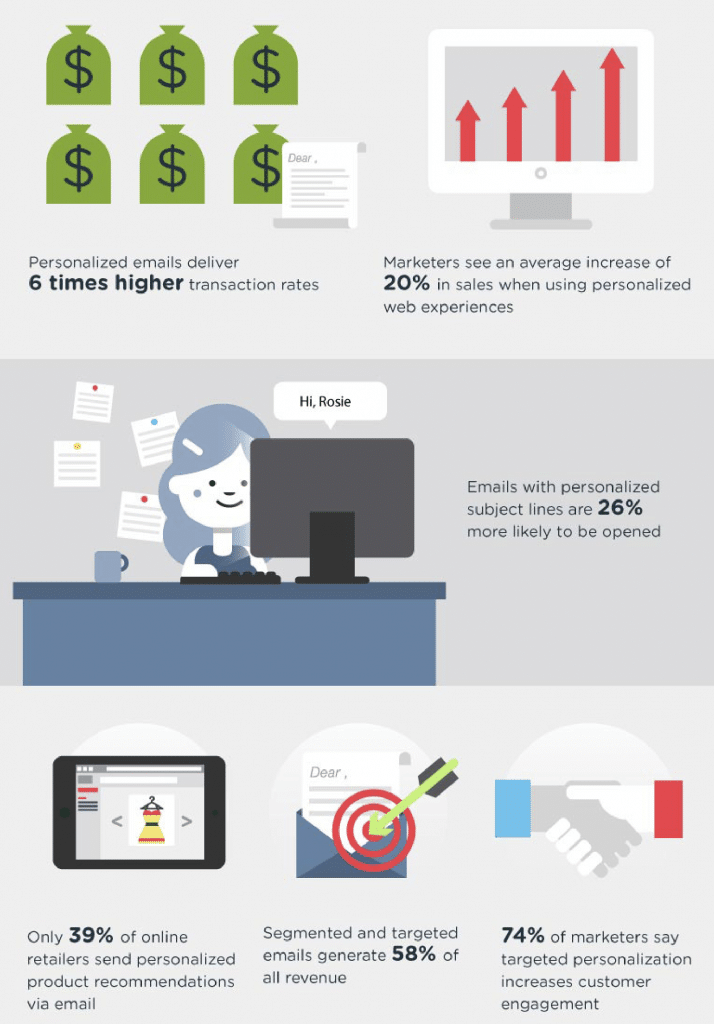
Using social-sharing buttons can improve CTR by as much as 158%. It’s also essential to get your timing right. Interestingly enough, emails sent at 6 a.m. have the best CTR. The best day to send business emails for Gmail (and for any email serves, for that matter) seems to be Saturday.
Experiment a bit with the day and time that you send your emails. Work out when your audience is most likely able to read the messages then stick to that time slot in the future.
Tip 8: Optimize Emails for the Right Device
Conversion rates are best on iPhones. This could be because people who can afford iPhones have more disposable income. Desktops come in a close second. Android devices account for just 8.68% of conversions overall.
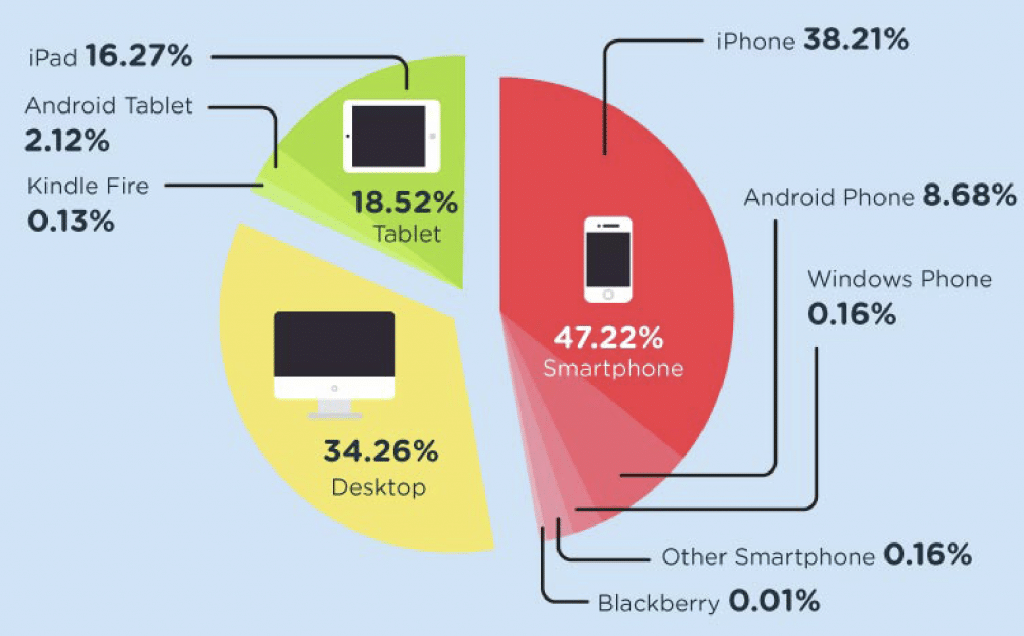
The lowest conversion rates come from Blackberry devices. Do they even make those anymore? A little research shows that the devices are still in production but under license with a different company.
Tip 9: Create Targeted Campaigns for Better ROI
Working out your ROI on email marketing can be tricky. Marketers tend to focus on conversion rates as a measure of success, although it’s not an ideal way to measure return because clients may not buy straight away.
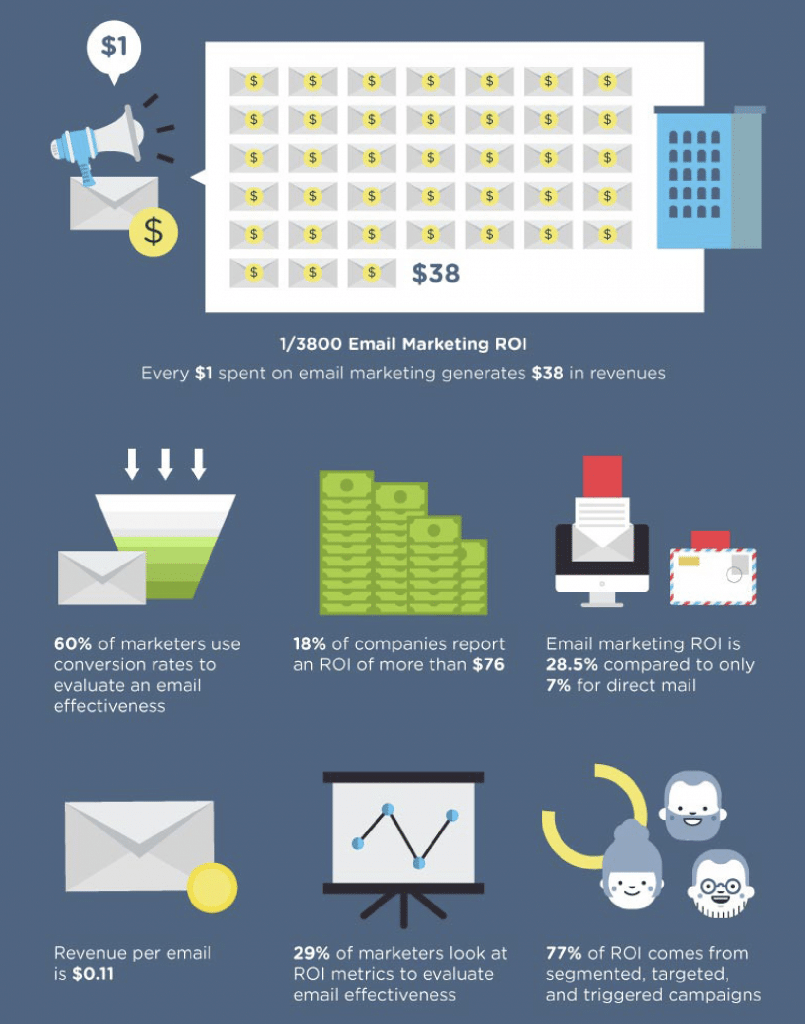
Email marketing, performed correctly, can earn you $38 per every $1 spent. More than three-quarters of the revenue is earned when campaigns are targeted.
Tip 10: Optimize for Mobile Devices
Still not optimizing your emails for mobile? That’s a big mistake — three-quarters of consumers check their emails on their phones. Again, the iPhone comes out on top as the device to read emails on.
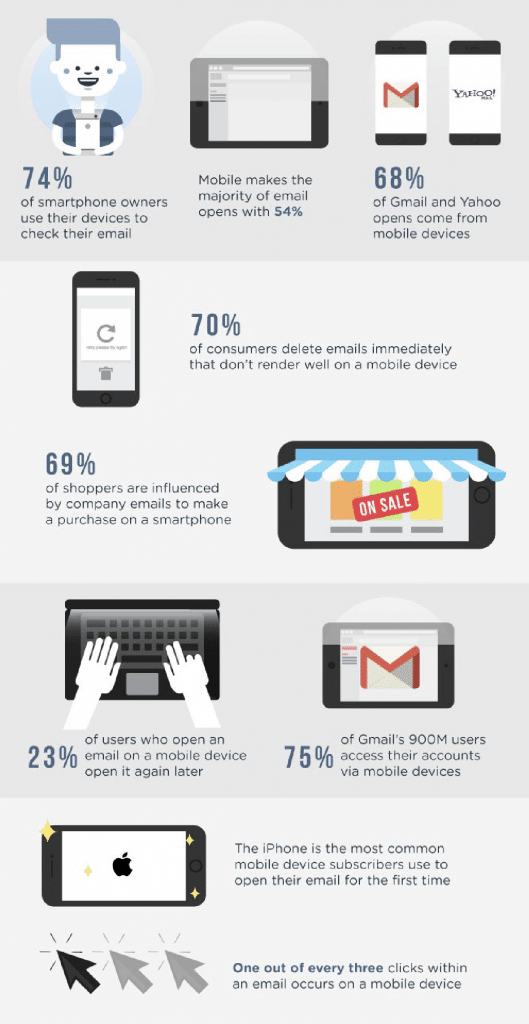
Tip 11: Avoid These Common Email Marketing Mistakes
To ensure your marketing messages are received well by your recipients, make sure to avoid the top mistakes, which include sending generic, untargeted emails (remember to segment your audience); neglecting to use triggered emails, and using a sender address that’s unrelated to your business name.
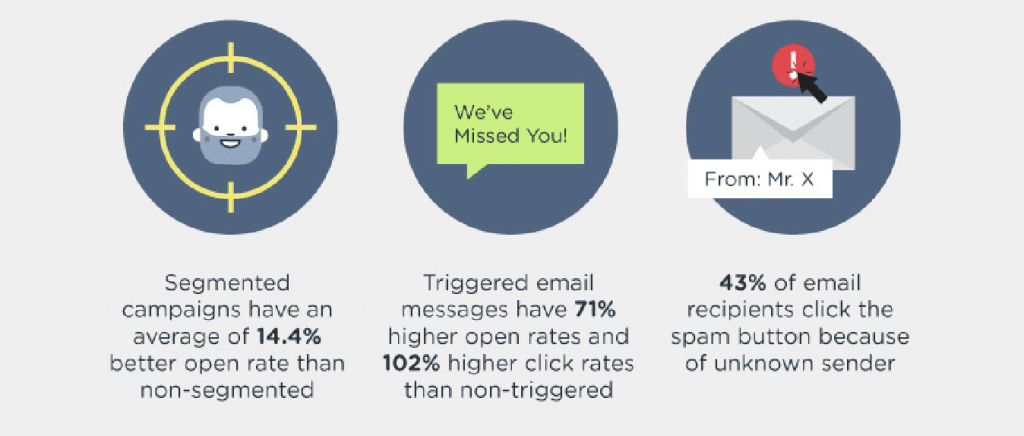
Final Notes
As it turns out, email marketing is still one of the best marketing methods. That said, you do have to change your approach a little. You must use targeted emails and take advantage of email automation. In the future, personalization and automation will play a bigger part in campaigns. There will also be more integration with other marketing channels. Email marketing is not going anywhere any time soon.
Full Email Marketing Infographic
The stats referenced for this article were taken from an Every Cloud infographic on email marketing.

